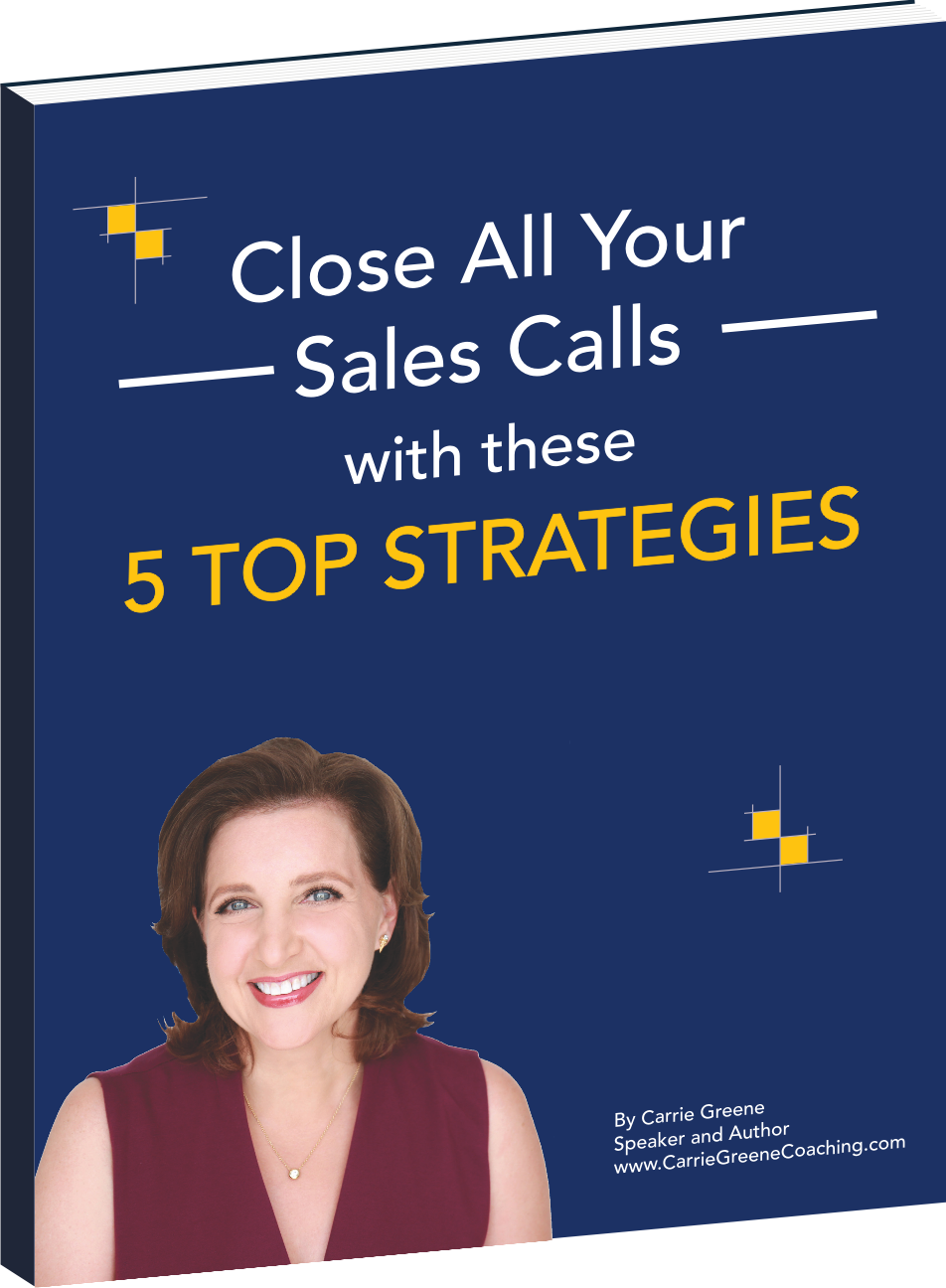 I don’t know about you but when I click on “send/receive” I feel like I have to brace myself for the onslaught…I think “NO! Please don’t download any more!!!”
I don’t know about you but when I click on “send/receive” I feel like I have to brace myself for the onslaught…I think “NO! Please don’t download any more!!!”
Recently one of my clients told me how excited she was because she brought the number of emails in her inbox down from 1,500 to 500. A consultant I was speaking with said that she went ahead and deleted 7,000 emails from her inbox without even looking at them. Frankly, I can’t remember any client where the subject of email management did not come up.
I get well over a hundred emails a day. I tell you this not because I think the number is so big or so small but because, whether you get 5 or 1000 emails a day, they add up and they add up fast. What’s more is that email management seems to take on a life of its own. We spend hours every day “doing email”. It’s a huge time sink. What happens with email is that everyone else’s demands, requests and even simple “hello’s” become equally important and take precedence over the things that you really want or need to do.
So how can you manage it? Here are 5 strategies for you to try. By the way, these are the same strategies that I use and that I recommend to my clients.
-
Unsubscribe. I realize that I am taking a risk by giving you this strategy because I’d rather you don’t unsubscribe from this list however, if you are looking at an inbox full of newsletters and other “self help” information that you have subscribed to over the years but never read, pick your favorite few and unsubscribe from the rest. Keeping hundreds of self help emails in your inbox is not going to make you read them or follow the advice. By keeping them the only thing that you are helping yourself to do is get further overwhelmed.
-
Unclick the box. Almost all online vendors pre-fill a little check box which gives them permission to send you emails and offers. Unclick the box! I realize that this may mean that you won’t get information about the upcoming 10% off sale but let’s face it; if you needed something and went online to find it you’re likely to find the 10% off sale anyway. Oh, if for some reason the box isn’t filled in already…do not click on it!
-
You might be able to guess this one but just in case…as you get offers from vendors that you’ve done business with already, unsubscribe from their list. You already know that vendor and when you need something from them you will go online to find it.
-
Keep separate email accounts. One account that you will stay current with for friends, family, work and those topics which are most important to you and another for bulk mail, online shopping needs, and those sign up sheets that you end up filling out.
-
Use the delete key. You do not need to act on or respond to every single email you receive. Choose to respond to the ones that are most important to you and let go of the rest. You can even delete those “older ones” that you haven’t gotten around to answering yet because the sender probably doesn’t remember they sent it or else they just assume that it’s been lost in your inbox. If it’s that important they will contact you again.

What an excellent article, as always!
You are so right, we all have this problem. Thing is, when we start our online or at-home business, we are so eager for information, we absorb it like a sponge, each newsletter leads to another and another … until we have information-overload.
I have posted this article today on my website http://www.thetranscriptionist.co.uk, if you want to go take a peek.
Yours will not be one of the emails I delete!
So glad you enjoyed the article. There is so much email these days because it is “quick” & “cheap” but in reality there is nothing “quick” or “cheap” about it. We spend hours and hours dealing with it…hours that we could be doing other things. Thanks for sharing here on this blog & for posting it on yours!
Carrie
What an excellent article, as always!
You are so right, we all have this problem. Thing is, when we start our online or at-home business, we are so eager for information, we absorb it like a sponge, each newsletter leads to another and another … until we have information-overload.
I have posted this article today on my website http://www.thetranscriptionist.co.uk, if you want to go take a peek.
Yours will not be one of the emails I delete!
Thank you for this article, Carrie! I soooo needed to read this. I get so much email and am constantly letting it distract me from getting done the things that I really need to work on. FYI, I just retweeted your article so I can share your good advice with my clients (also goes to my Facebook page, http://facebook.com/clearpointweb). Yours is one newsletter I am NOT going to unsubscribe to! 🙂
Hi Corinne…glad that this article helped you & definitely feel free to share it with anyone else you think it could benefit!!
Hi Carrie
Your insights and guidance are always valuable.
I have found that setting a time limit on reading emails (esp. newsletters) helps considerably. Setting a timer might be required since emails tend to suck your reasoning powers to disengage from your brain! ha.
Thanks again for your wisdom, Joan
Hey Joan,
Setting a time limit on emails certainly helps as does shutting off the notifications!
Carrie
Carrie,
As usual, your articles are packed with very useful information. I have already unsubscribed from a lot of sites I was getting emails from. One tip I heard about and use a lot is that I do not open an email unless I have time to act on it…e.g., delete, respond, add to a task list, etc.
Don’t worry…I didn’t unsubscribe from your emails. They add a lot of value to my life 🙂
Janet
Thanks for that tip Janet, it’s a great way to look at it! And I’m glad you find value from the emails I send…
Carrie
Outlook users have some advanced features that can help. By using the ‘Organize’ and ‘Rules & Alerts’ functions, my Outlook automatically moves various email-logs and reports into specific folders so I never see them. It also auto-replies to certain incoming emails. Most importantly is our spam software. Over 99.5% of our email is spam. I don’t want to see it and, more importantly, don’t want to have to wade through it tracking down some legitimate email.